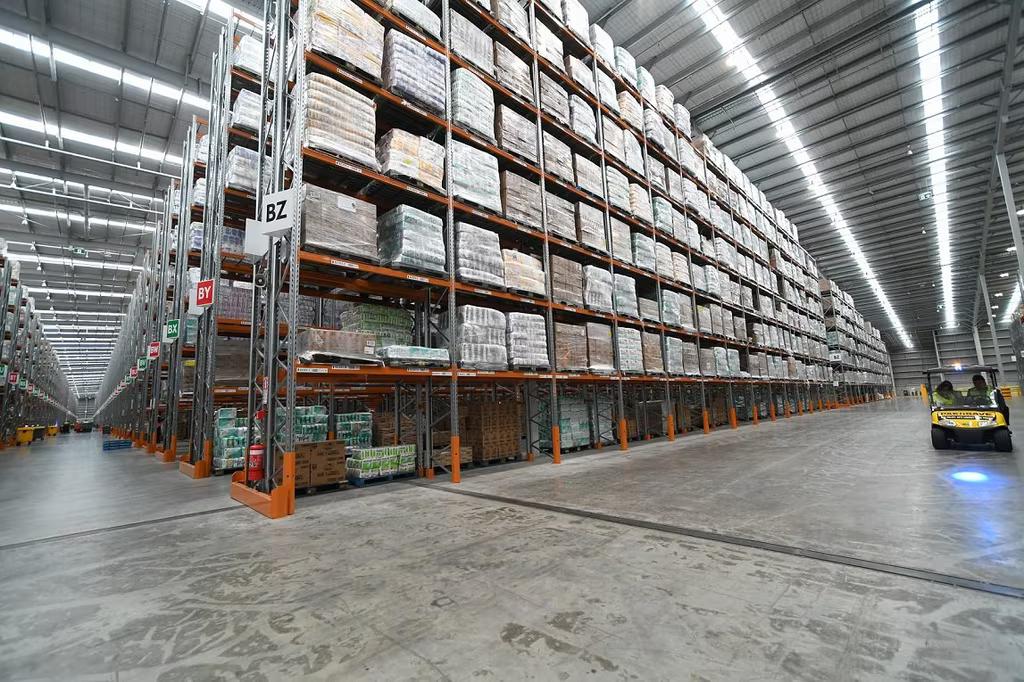
Media Release: Costs from grocery suppliers to supermarkets increase 2.7%pa in June
Supplier cost increases continue to slow, with the Infometrics-Foodstuffs New Zealand Grocery Supplier Cost Index (GSCI) showing an average 2.7% increase in what suppliers charged Foodstuffs supermarkets for goods in June 2024, compared to a year earlier.
“The slower moderation in grocery supplier costs seen in May has continued in June – the annual increase is pushing lower, but not by as much each month,” says Infometrics Chief Executive and Principal Economist Brad Olsen.
The Infometrics-Foodstuffs New Zealand Grocery Supplier Cost Index (GSCI), commissioned by Foodstuffs New Zealand, measures the change in the list cost of grocery goods charged by suppliers to the Foodstuffs North Island and Foodstuffs South Island co-operatives. The Index utilises detailed Foodstuffs NZ data across over 60,000 products the Foodstuffs co-ops buy to stock in their 500+ stores, making it the largest dataset of its type in New Zealand, to give a real-time view on supplier cost changes.
Every month, the Index tracks what it costs supermarkets to buy the goods to put on the shelf. Previous analysis shows that supplier costs are the major component of supermarket prices, representing two-thirds of the on-shelf price.
Around 2,000 items increased in cost in June 2024 from the previous month, up around 19% from the number of items that rose in cost in the same month of 2021. “The number of cost increases was smaller in June than in most months of 2022-2024,” says Mr Olsen. “But the trend of cost increases is still elevated compared to before 2022.”
“Only 52% of monthly cost changes in June were increases of 0-20%, compared to 81% in June 2021. However, a larger proportion of items fell in cost in June from the month before, with 38% of cost changes being cost decreases, compared to 12% being cost decreases in June 2021.”
“Costs in June 2024 remained higher for all departments compared to June 2023. Some departments are showing a slight reacceleration in the pace of annual cost increases, but these increases remain considerably slower than at their peak,” says Mr Olsen. “Produce cost increases of 1.2%pa were slightly faster than in May, driven by increases for several fruits (including tomatoes). Cost pressures for products like cooking oils, chocolate, and coffee kept general grocery costs higher too, year-on-year.”
“Although global shipping prices are higher and continue to cause concern for future input cost pressures, reduced import costs, softer fuel prices, and lower global food prices are all encouraging signs of a continued moderation in cost pressures.”
ENDS
Note:
The Infometrics-Foodstuffs New Zealand Grocery Supplier Cost Index (GSCI), commissioned by Foodstuffs New Zealand, measures the change in the list cost of grocery goods charged by suppliers to the Foodstuffs North and South Island cooperatives.
List cost refers to the cost suppliers charge retailers before trade spend is applied; trade spend being any form of discount provided by a supplier to allow their goods to be discounted.
The Index utilises detailed Foodstuffs NZ data, across over 60,000 products, analysed by independent economics consultancy Infometrics to produce the GSCI and publish it on a monthly basis. For more details see www.infometrics.co.nz/product/grocery-supplier-cost-index.








